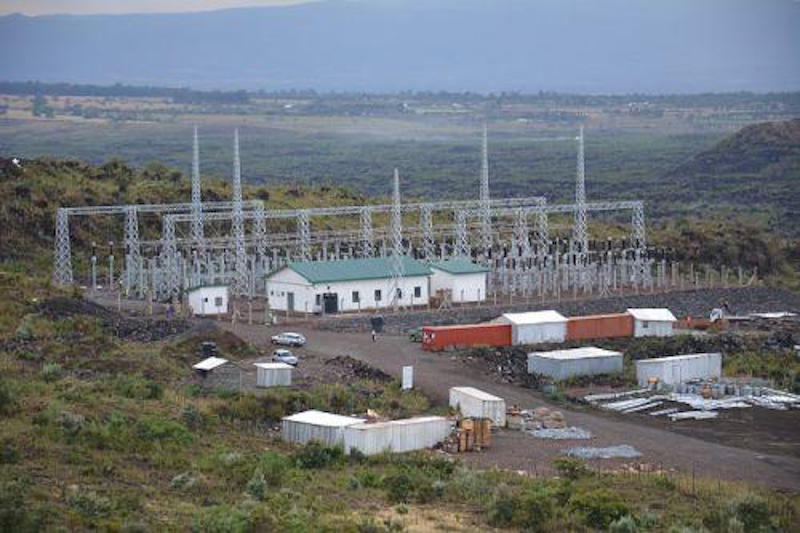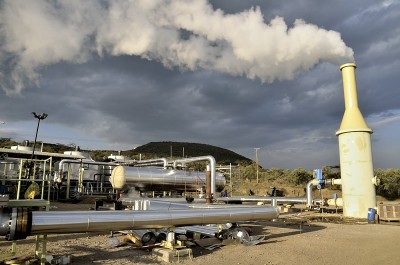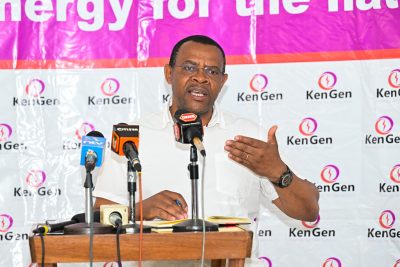Kenya considering auction system to replace feed-in-tariffs
Kenya is considering replacing its current feed-in-tariff system with an auction-based system in efforts to drive down electricity tariffs in the country. Auction systems have proven to favour price over base-load capacity, not favourable for geothermal energy.
As reported today, Kenya plans to abolish its current feed-in-tariff system and replace it with an energy auction tariff that will see the government award energy contracts to companies’ offering the lowest electricity tariffs.
Director of Renewable Energy at the Ministry of Energy Isaac Kiva says the auction model will replace the current feed-in-tariff system where investors identify potentially viable power projects and then acquire licenses to operate them at pre-determined rates.
For the last ten years, Kenya has been using the feed-in-tariff model where investors interested in investing in wind power, geothermal, solar, hydropower and biomass energy sources are offered a power purchase agreement to construct the power plant and sell the electricity to Kenya power.
However, the model has been criticized as being responsible for making power tariffs expensive. The government now plans to scrap this with an auction system where tenders are given for the company offering the lowest rates.
The Ministry of Energy has drafted a bill which will offer more incentives to renewable energy investors.
Kenya plans to use low power tariffs to lure more investors into the country to drive the big four agenda on manufacturing.
The challenge with that is that auction systems have proven deadly for geothermal development as it favours intermittent resources at cheaper prices. For geothermal auction systems only work if there is a bonus involved for base-load capacity provided. While attractive from a perspective of price, it does not provide the stable electricity supply needed to create a secure and favourably priced electricity market.
Source: KBC


















